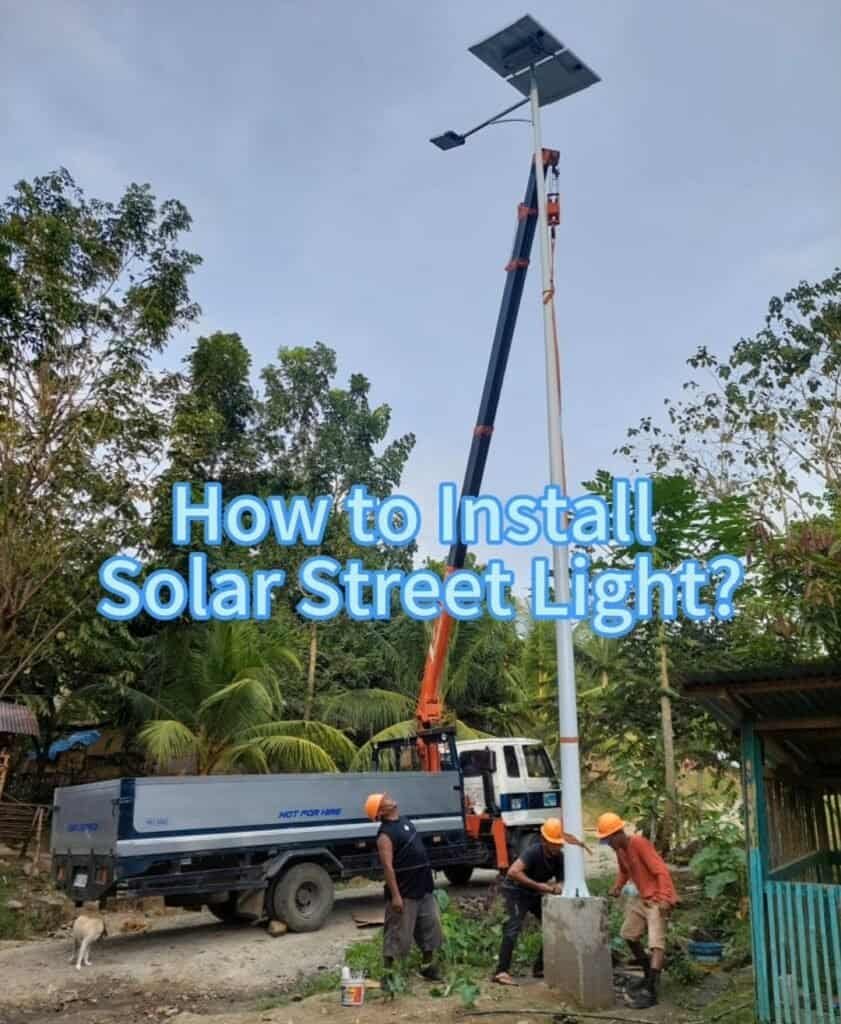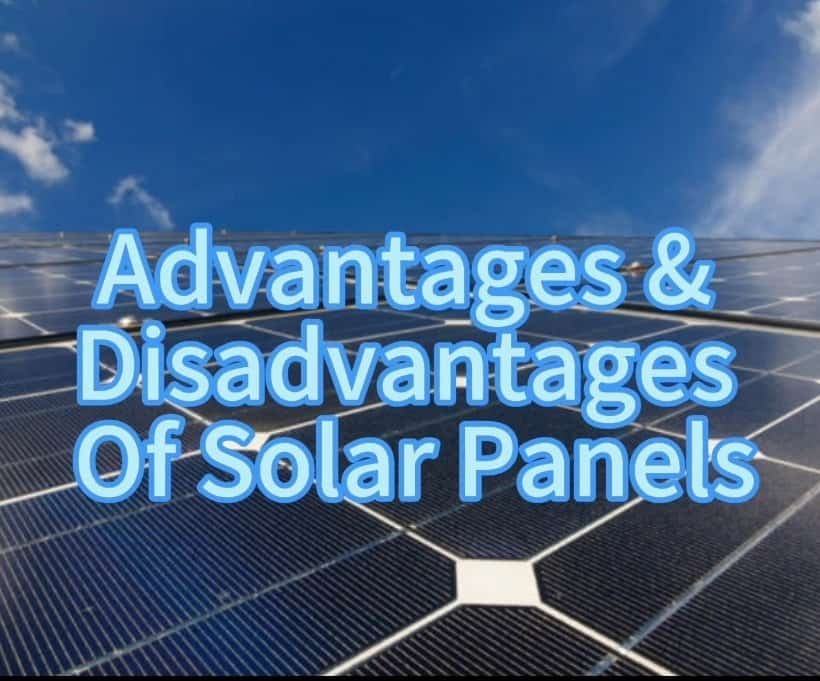The development of solar-powered street lights with poles has become a trend of the last few years due to their ability to protect the environment and provide green energy. It is important to utilize solar energy resources to provide electricity in order to alleviate power tensions. The power for solar-led street lights is generated by the sun. Unless it rains, it will only add a few dollars to the electric bill when converted to city power. Nearly no operating costs are associated with the system. All system functions are automatically controlled without human intervention. Solar-led street lights are not only economical to operate, but they are also easy and convenient to install. The project does not require the laying of cables or any other basic work such as ordinary street lights. A solar-powered street light, however, is not a cheap investment. While this is a very worthwhile project, we should still strive to choose a street light with high performance when purchasing it.

All we know is that batteries, solar panels, light sources, and controllers are the four essential parts of a solar lighting system, People typically pay attention to the quality and capacity of these key components when choosing solar-led street lights. However, they often overlook the importance of street light poles. The poles might seem to serve merely as supporting structures, but they actually have very specific functions.
For different road types and environmental conditions, different types of poles are required. For example, in areas with high winds, sturdier poles are needed to ensure that the street lights don’t blow over. Similarly, in areas with corrosive air or salt water spray, materials that are resistant to corrosion must be used. Therefore, when selecting solar led street lights, it is important to pay attention to the type of pole that is being used. By doing so, you can be sure that your street lights will be able to withstand the conditions of the environment in which they will be placed.
1. Determine the right height for solar street light poles
The height of the pole determines the illuminance of the street lamp. The optimum height for poles of integrated solar street light can be determined by a number of factors, including the width of the street, the type of lighting required, and the Height of other objects in the vicinity.
1) Width of the street:
The wider the street, the taller the pole should be in order to provide adequate lighting and maximum coverage. The pole height varies from the street lamp distribution type.
- Single-side distribution: the height of a street lamp pole should be equal to or higher than the width of the road. For the street lamp with a wide beam angle, the pole height can be less than the road width, the formulate is Pole height=Road width/(1.1~1.3).
- Two-sided symmetrical distribution: the height of the two-sided symmetrical street lamp is equal to half the width of the road.
- Two-sided zigzag distribution: Lights arranged in a zigzag across both sides should be at least 70% of the road’s width in height to achieve the best lighting effect.
2)Type of lighting required:
If brighter lighting is required, such as for a street with high traffic volume or pedestrian activity, then a taller pole may be needed in order to provide sufficient light. Generally, 3-4m light poles are suitable for walking roads, and 5-7m solar street light poles are used for dual-lane country roads. 8-10m solar street light poles are used for three-lane or bidirectional four-lane main roads.
3)Height of other objects in the vicinity:
Another important factor to consider is the height of other objects in the vicinity. If there are tall buildings or trees nearby, it may be necessary to raise the pole in order to ensure that the light is not obstructed.
By taking all of these factors into account, it is possible to determine the optimum height for solar street light poles. By doing so, it is possible to ensure that these poles provide maximum coverage and illumination.

2. Choose the right material for street light poles
The material and surface treatment process determine the life span of the solar street light pole. Usually, street light poles are rolled with black Q235 steel or Q245 steel, which has poor corrosion and rust resistance and usually requires surface galvanization to enhance the corrosion resistance of the pole.
Solar-led street light poles now often come with stainless steel or anodized surfaces aluminum as well. Both of these materials are particularly corrosion-resistant. It is however more expensive to purchase these two types of light poles. It is up to the user to choose based on their budget.
3. Hot-dip galvanization Or Cold galvanization
At present, there are two kinds of galvanizing processes, one is hot-dip galvanization and the other is cold galvanization. So what is the difference between them?
1)The differences in the treatment process
Cold galvanizing, also called galvanic galvanizing, is done by using electrolytic equipment to put the blank poles into a solution of zinc salts after degreasing and pickling, and connecting the negative terminal of the electrolytic equipment, placing a zinc plate on the opposite side of the workpiece connected to the positive terminal of the electrolytic equipment, and turning on the power, using the directional movement of the current from the positive terminal to the negative terminal, a layer of zinc is deposited on the workpiece.
Hot-dip galvanization, the blank poles are degreased, pickled, dipped, dried, and then immersed in the dissolved zinc solution for a certain period of time and then brought up.

2)The difference in appearance.
Cold galvanizing( or galvanic galvanizing) has a smooth and bright appearance, and the plating layer with the color passivation process is also yellow-green in color and seven colors. The plating layer with the white passivation process is greenish white or white with greenish light, and the plating layer with the white passivation process is slightly colorful at a certain angle with the sunlight. In the corner parts of complex workpieces, it is easy to produce “electric burn” and gray, and the zinc layer is thicker in this part. In the shaded corners, it is easy to form the current dead corner and produce under-current gray area, and the zinc layer in this area is thin. The workpiece as a whole is free of zinc tumors and lumps.
The appearance of hot-dip galvanization is slightly rougher than galvanic galvanizing, with a silvery-white color and a tendency to produce process water lines and a little drip tumor, especially at one end of the workpiece. However, the slightly rougher hot-dip galvanizing layer is dozens of times thicker than the cold galvanizing layer, and the corrosion resistance is also dozens of times higher than cold galvanized zinc, making it much more expensive than cold galvanized zinc.

4. Choose the right wall thickness for solar street light poles
The wall thickness of solar street light poles is another major factor in determining the strength and durability of the pole. The thicker the wall, the stronger the pole will be. Typically, the thick-walled pole has sufficient wind resistance and sufficient load-bearing capacity. However, thick walls also make the pole more expensive to manufacture. As a result, there is a trade-off between strength and cost when it comes to choosing the wall thickness of a solar street light pole. In general, thinner poles are used for lights that are not exposed to high winds, while thicker poles are necessary for lights that are located in exposed areas. Ultimately, the decision of how thick to make the wall of a solar street light pole depends on the specific requirements of the installation scene.
Typically, the wall thickness for 2~4m street light poles should be 2.5mm or above, 4~7m street light poles must have a wall thickness ofor f 3mm, and 8~9m high street light poles make sure the wall thickness is at 3.25-3.5mm. 10~12m street light poles must have a wall thickness of 3.75-4mm, In the area where there is always strong wind, or a lead acid gel battery with heave weight fixed on top of poles, the wall thickness value is a bit larger.

5. Choose the right diameter of solar street light poles
The diameter of a solar street light pole is another important factor to consider when choosing a street lamp for your needs. Poles that are too small can be easily blown over in strong winds, while those that are too large can be difficult to install and may require a crane or other heavy machinery, moreover, the larger the pole is the more expensive. Ideally, the pole should be made of a sturdy material such as steel or aluminum and have a reasonable diameter.
There are two types of solar led street light poles widely used on the market, conical solar street light poles, and octagonal solar street light poles.
A tapered conical street light is a steel plate rolled with the machine, generally divided into 10‰, 11‰, 12‰, 13‰, and 14‰ taper, the minimum upper diameter of the street light pole is φ60mm. The taper calculation formula is:
upper diameter + (height × taper) = lower diameter,
lower diameter – (height × taper) = upper diameter,
(lower diameter – upper diameter) ÷ height = taper,
(lower aperture – upper aperture) ÷ taper = height.
Take the 20 feet street light pole as an example, its regular bottom diameter range from 130~140mm(5.2-5.6inch), while the top diameter at 60~76mm(2.5-3inch). Refer to the below chart for the diameter of conical street light poles at different heights:

Conclusion
Safety is the primary factor we need to consider when choosing solar street light poles. It’s important to set a reasonable height for each street lamp, the illumination efficiency would be affected if the poles are too high or too low. How many meters high pole should be chosen? There is a rigid requirement of the industry standard. Most of the time, the pole height setting relies on years of experience accumulated by street light manufacturers. Usually, the heights of street lamp poles are calculated based on the width of the road, so as to maximize the illumination effect. Lighting design is technical work, if you don’t want to pay extra for lighting design, it is very important to work with an experienced solar street light manufacturer who can make a solar street lighting design with reasonable configuration as per your budget, and also meet the road lighting requirement. To know more about solar street lighting design, please read my other article How to design and calculate a solar street light system? , Reveal How To Make Solar Street Lights?







